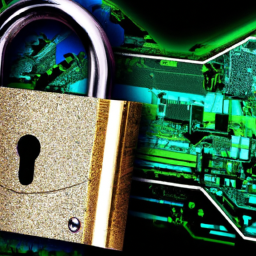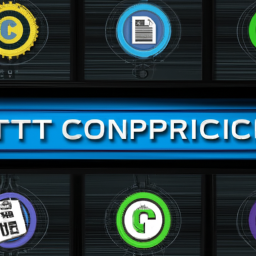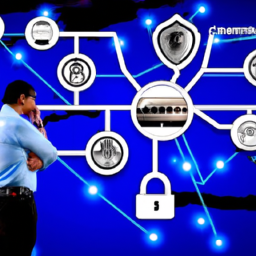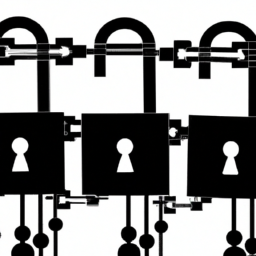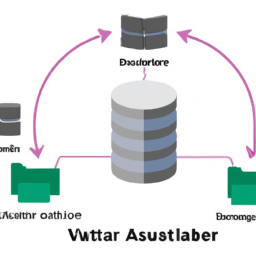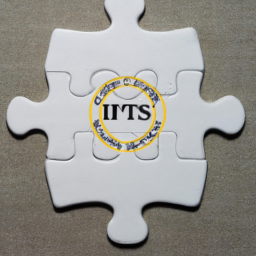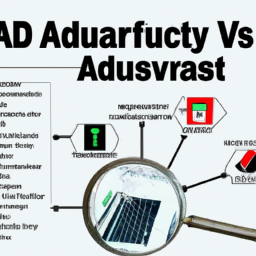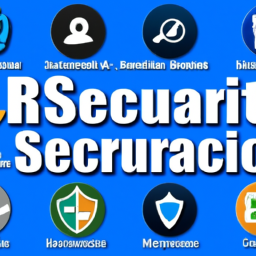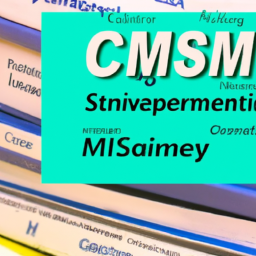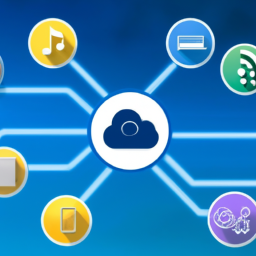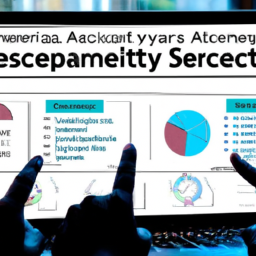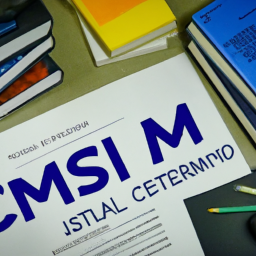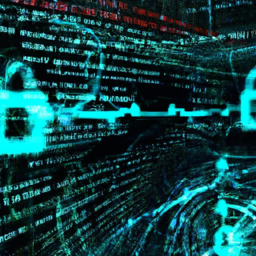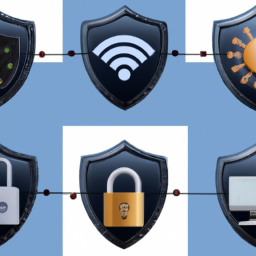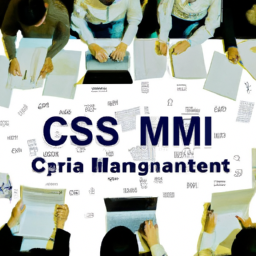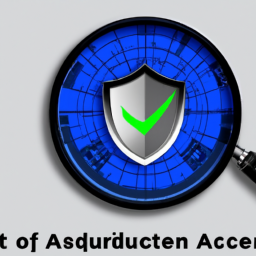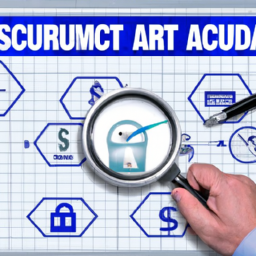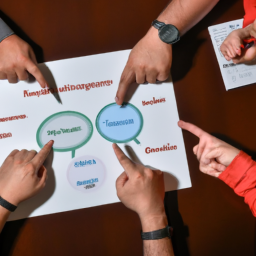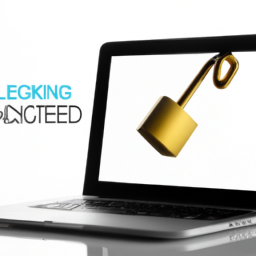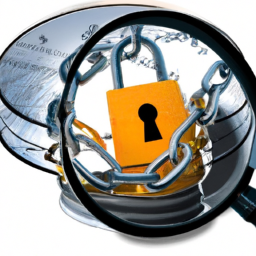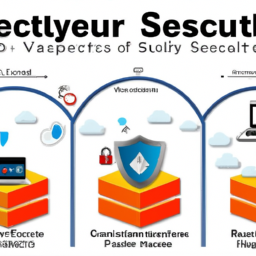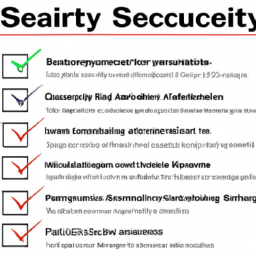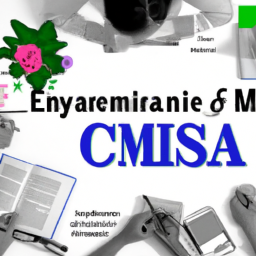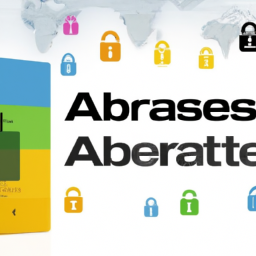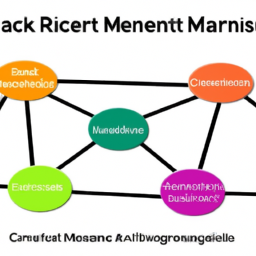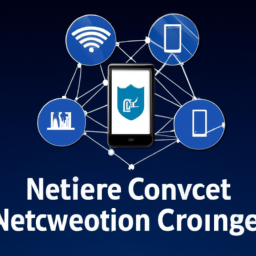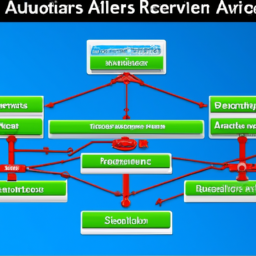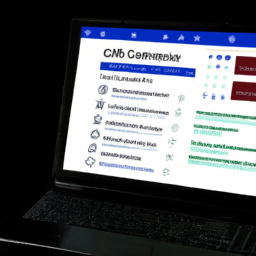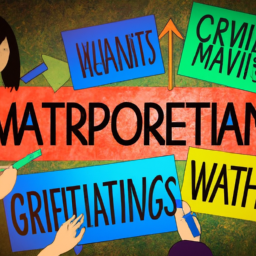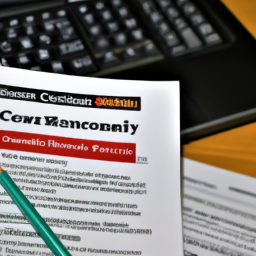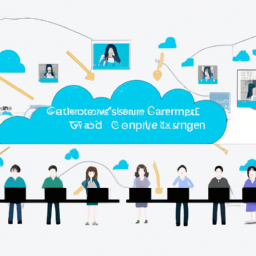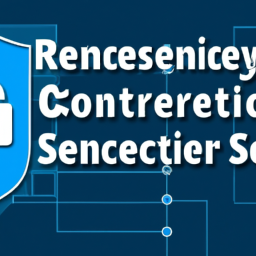In today’s ever-evolving digital landscape, it is imperative to protect your organization from potential threats and vulnerabilities.
A euphemistic dance with danger, security risk assessment is a crucial step in safeguarding your assets and maintaining business continuity. By identifying potential threats and vulnerabilities, evaluating their impact and likelihood, and developing effective risk mitigation strategies, you can fortify your defenses and minimize the potential for devastating breaches.
This comprehensive guide will walk you through the intricate process of security risk assessment, empowering you to make informed decisions and implement robust security controls. From identifying potential threats to continuously monitoring and reviewing the assessment process, you will gain invaluable insights into securing your organization’s infrastructure and data.
So, embark on this journey of risk assessment, armed with technical precision and analytical prowess, and elevate your organization’s security posture to new heights.
Key Takeaways
- Conducting security risk assessments is crucial for organizations to proactively identify potential threats and vulnerabilities.
- Thorough vulnerability assessment helps pinpoint areas susceptible to exploitation, such as outdated software and inadequate access controls.
- Evaluating the impact and likelihood of risks is essential for effective risk management.
- Implementing security controls and measures, such as strong access controls and security training, is crucial to safeguarding assets and data.
Understand the Importance of Security Risk Assessment
Did you know that understanding the importance of security risk assessment is crucial in protecting your business from potential threats?
Security risk assessment plays a vital role in identifying and mitigating risks that can compromise the confidentiality, integrity, and availability of your organization’s assets. It involves a systematic evaluation of your security posture, considering factors such as the role of stakeholders in security risk assessment and the common challenges faced in conducting these assessments.
Stakeholders, including executives, IT professionals, and security personnel, contribute their expertise to ensure a comprehensive understanding of the risks involved. However, conducting security risk assessments can be challenging due to factors like limited resources, evolving threat landscapes, and the need for technical expertise.
Despite these challenges, organizations must prioritize risk assessment to proactively identify potential threats and vulnerabilities.
Now, let’s delve into the next section where we will explore how to identify potential threats and vulnerabilities within your business’s security infrastructure.
Identify Potential Threats and Vulnerabilities
You need to be aware of the lurking dangers and weak points that could leave your systems vulnerable to attack, like a hidden trap waiting to be sprung. Identifying potential threats and vulnerabilities is a crucial step in the security risk assessment process.
By conducting a thorough vulnerability assessment, you can pinpoint the areas of your systems that are most susceptible to exploitation. Potential threat identification involves analyzing external and internal factors that could pose a risk to your organization’s security, such as hackers, malware, or physical breaches.
Simultaneously, vulnerability assessment focuses on identifying weaknesses in your systems, including outdated software, unsecure network configurations, or inadequate access controls. By understanding these potential threats and vulnerabilities, you can take proactive measures to mitigate risks and protect your organization’s assets.
Moving forward, it is important to evaluate the impact and likelihood of these risks to develop an effective risk management strategy.
Evaluate the Impact and Likelihood of Risks
To effectively manage risks, evaluate how potential threats and vulnerabilities can impact your organization and the likelihood of these risks occurring. Evaluating risk factors and using risk assessment techniques are crucial steps in this process.
When evaluating the impact and likelihood of risks, you need to consider the potential consequences of each risk and the probability of it happening. This involves analyzing the potential damage to your organization’s assets, reputation, and operations. Additionally, you should assess the likelihood of each risk occurring based on historical data, industry trends, and expert opinions.
To help you visualize the impact and likelihood of risks, consider the following table:
| Risk Factor | Impact | Likelihood |
|---|---|---|
| Natural Disasters | High | Moderate |
| Cyber Attacks | Very High | High |
| Employee Errors | Moderate | Moderate |
| Supply Chain Disruptions | High | Low |
| Regulatory Changes | Moderate | High |
By evaluating these risk factors, you can prioritize and focus on the most critical risks to your organization. This will enable you to develop effective risk mitigation strategies.
Develop Effective Risk Mitigation Strategies
Take control of potential risks by developing effective strategies to mitigate them.
Risk management is a crucial aspect of security risk assessment, and it involves identifying, assessing, and prioritizing risks based on their potential impact and likelihood.
Once you’ve evaluated the impact and likelihood of risks, it’s important to develop risk reduction strategies that are tailored to your specific needs and objectives.
These strategies should aim to minimize the probability and impact of identified risks.
Some common risk mitigation strategies include implementing strong access controls, conducting regular security training and awareness programs, and establishing backup and recovery procedures.
By developing and implementing these strategies, you can significantly reduce the vulnerabilities and potential threats to your organization’s security.
This sets the stage for the next step, which is to implement security controls and measures to safeguard your assets and data.
Implement Security Controls and Measures
Implementing security controls and measures is crucial to safeguarding assets and data, as it helps to protect against potential threats and vulnerabilities. To effectively implement security controls, it’s important to follow best practices for security risk assessment implementation.
Here are four key steps to consider:
-
Identify and prioritize assets: Determine the most critical and valuable assets within your organization that need protection. This includes physical assets, such as servers and infrastructure, as well as digital assets, such as customer data and intellectual property.
-
Assess risks and vulnerabilities: Conduct a thorough assessment to identify potential risks and vulnerabilities that could compromise the security of your assets. This involves evaluating the likelihood and impact of various threats, such as cyberattacks, data breaches, and insider threats.
-
Select appropriate security controls: Based on the identified risks and vulnerabilities, choose and implement the most suitable security controls. These can include technical measures like firewalls and encryption, as well as administrative measures like policies and procedures.
-
Regularly review and update controls: Security threats are constantly evolving, so it’s essential to continuously monitor and review the effectiveness of your security controls. Regularly update and improve your controls to ensure they remain robust and aligned with the changing threat landscape.
By implementing these security controls and measures effectively, you can significantly reduce the risk of security breaches and protect your organization’s assets and data. Moving forward, it’s important to continuously monitor and review the security risk assessment process to ensure ongoing effectiveness and adaptability.
Continuously Monitor and Review the Security Risk Assessment Process
Now that you’ve implemented security controls and measures, it’s crucial to continuously monitor and review the security risk assessment process. This step ensures that the measures you’ve put in place are effective and that any new risks are promptly addressed.
By reviewing the effectiveness of your security measures, you can identify any gaps or weaknesses and take corrective action. This ongoing monitoring also allows you to stay updated on the ever-evolving threat landscape and adapt your procedures accordingly.
Regularly reviewing and updating procedures is essential to maintain the integrity and effectiveness of your security risk assessment process. By doing so, you can ensure that your organization is well-prepared to mitigate any potential risks and protect its assets.
Frequently Asked Questions
How long does it typically take to complete a security risk assessment?
The duration of a security risk assessment can vary depending on several factors. These factors include the size and complexity of the system being assessed, the availability of resources and expertise, and the thoroughness of the assessment required.
To streamline the process, consider using standardized assessment frameworks, prioritizing critical assets, and leveraging automated tools for data collection and analysis. Following these tips can help expedite the security risk assessment process while ensuring its effectiveness.
What are the common challenges faced during the security risk assessment process?
Common challenges in the security risk assessment process, like navigating a labyrinth, can impede progress.
However, with effective mitigating strategies, these obstacles can be overcome.
Identifying vulnerabilities, gathering accurate data, and analyzing potential threats are common hurdles faced.
To address them, it’s crucial to establish clear communication channels, utilize automated tools, and involve key stakeholders.
By implementing these strategies, the security risk assessment process becomes more efficient and accurate, ensuring a robust security framework.
Are there any legal or regulatory requirements that need to be considered during the assessment?
Yes, there are legal requirements and regulatory compliance that need to be considered during the security risk assessment process. It’s essential to adhere to relevant laws and regulations to ensure the protection of sensitive information and maintain the integrity of your organization’s systems and data. Failure to comply with these legal requirements can result in severe consequences, such as financial penalties or legal action. Therefore, it’s crucial to thoroughly understand and incorporate these legal and regulatory requirements into your security risk assessment.
What are the best practices for involving stakeholders in the security risk assessment process?
To effectively engage stakeholders in the security risk assessment process, employ communication strategies that foster collaboration and understanding. Start by clearly defining roles and responsibilities, ensuring each stakeholder understands their involvement.
Utilize regular meetings to discuss progress and address concerns. Engage stakeholders by soliciting their input and feedback throughout the assessment. Maintain open lines of communication and provide regular updates to keep stakeholders informed.
By incorporating these best practices, you can create a collaborative and inclusive environment for the security risk assessment.
How often should a security risk assessment be conducted to ensure ongoing effectiveness?
To ensure ongoing effectiveness, a security risk assessment should be conducted at regular intervals. The frequency of these assessments will depend on various factors such as the size and complexity of the organization, the industry it operates in, and any regulatory requirements.
Typically, organizations conduct security risk assessments annually or biennially. However, it’s important to establish a timeline that aligns with evolving threats, changes in technology, and organizational growth. Regular assessments help identify new vulnerabilities and ensure that security measures are up to date.
Conclusion
In conclusion, conducting a security risk assessment is crucial for safeguarding your organization’s assets.
By identifying potential threats and vulnerabilities, evaluating their impact and likelihood, and developing effective risk mitigation strategies, you can ensure the implementation of robust security controls and measures.
Continuously monitoring and reviewing the assessment process allows for ongoing improvement and adaptation to emerging risks.
So, why wait? Isn’t it time to take proactive steps towards securing your organization’s valuable information and resources?



